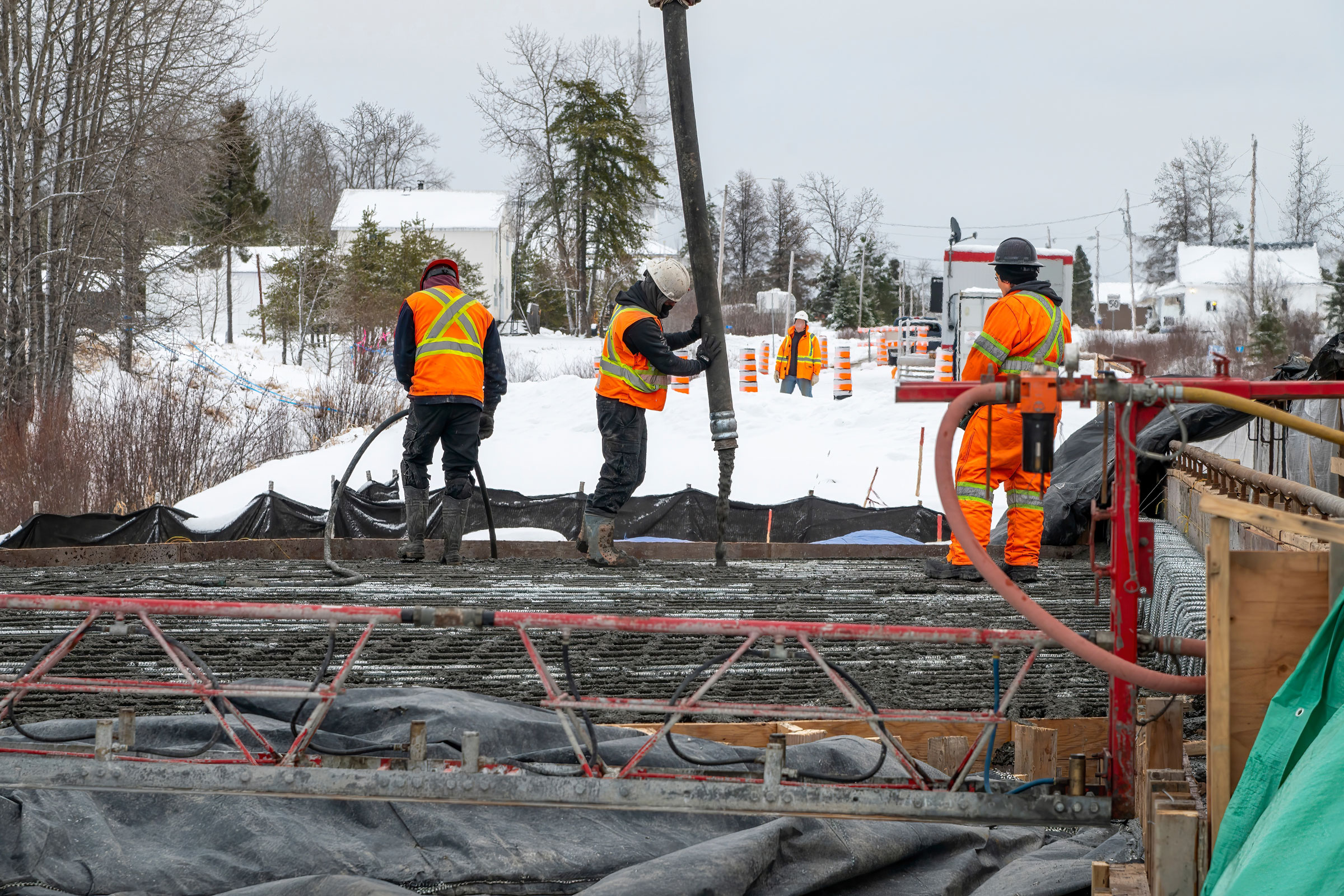Story at a glance:
- Materials like PEX and PP-RCT are becoming more popular plumbing materials among builders.
- ACO, Inc. builds and installs plumbing fixtures designed to last an excess of 50 years.
- Gerber offers two contemporary toilet designs—one with a concealed trapway and another with a semi-concealed trapway.
Plumbing: No matter the material you use, you’ve got to have it. These days the industry offers builders many sustainable plumbing solutions, from stainless steel to PEX.
Sustainable plumbing solutions also include features like Oatey Co.’s new pipe clamps and Gerber’s sleek one-piece toilets with a fully or partially concealed trapway.
We’ve highlighted five sustainable plumbing solutions worth considering for your next project.
1. Stainless Steel
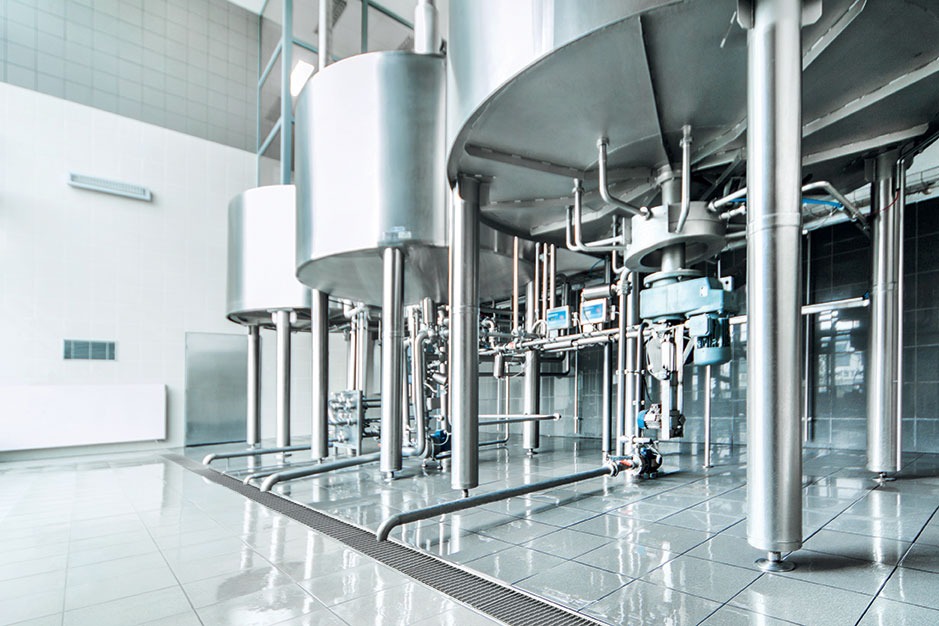
Stainless steel’s high strength-to-weight ratio makes it a less wasteful material for plumbing. Photo courtesy of ACO, Inc.
Thin yet strong stainless steel can handle all plumbing needs. Many builders turn to stainless steel plumbing for its hygienic properties, ease of installation, and recyclability.
ACO, Inc. builds and installs stainless steel plumbing fixtures designed to last more than 50 years, according to Gert Laumann, leader of building drainage at ACO. “Not only do stainless steel pipes provide a nontoxic, smooth surface that can be easily cleaned and sterilized, but they also have no degradation,” Laumann wrote previously in gb&d. “They have a long lifespan with minimal maintenance and are also corrosion-resistant.
Stainless steel’s ultimate tensile strength means that as a thinner and less wasteful material, it will still hold up when comparing its high strength-to-weight ratio. This is important when considering the production process, transportation methods, installation, and any post-installation maintenance.
Stainless steel pipes and drainage can be installed about 40% faster when compared to cast iron pipework, Laumann says. These more efficient installs can lead to less waste.
Plus, stainless steel is 100% recyclable, and ACO purposefully uses no paint or coatings to allow for easy repurposing and recycling.
2. Oatey Co. Pipe Clamps
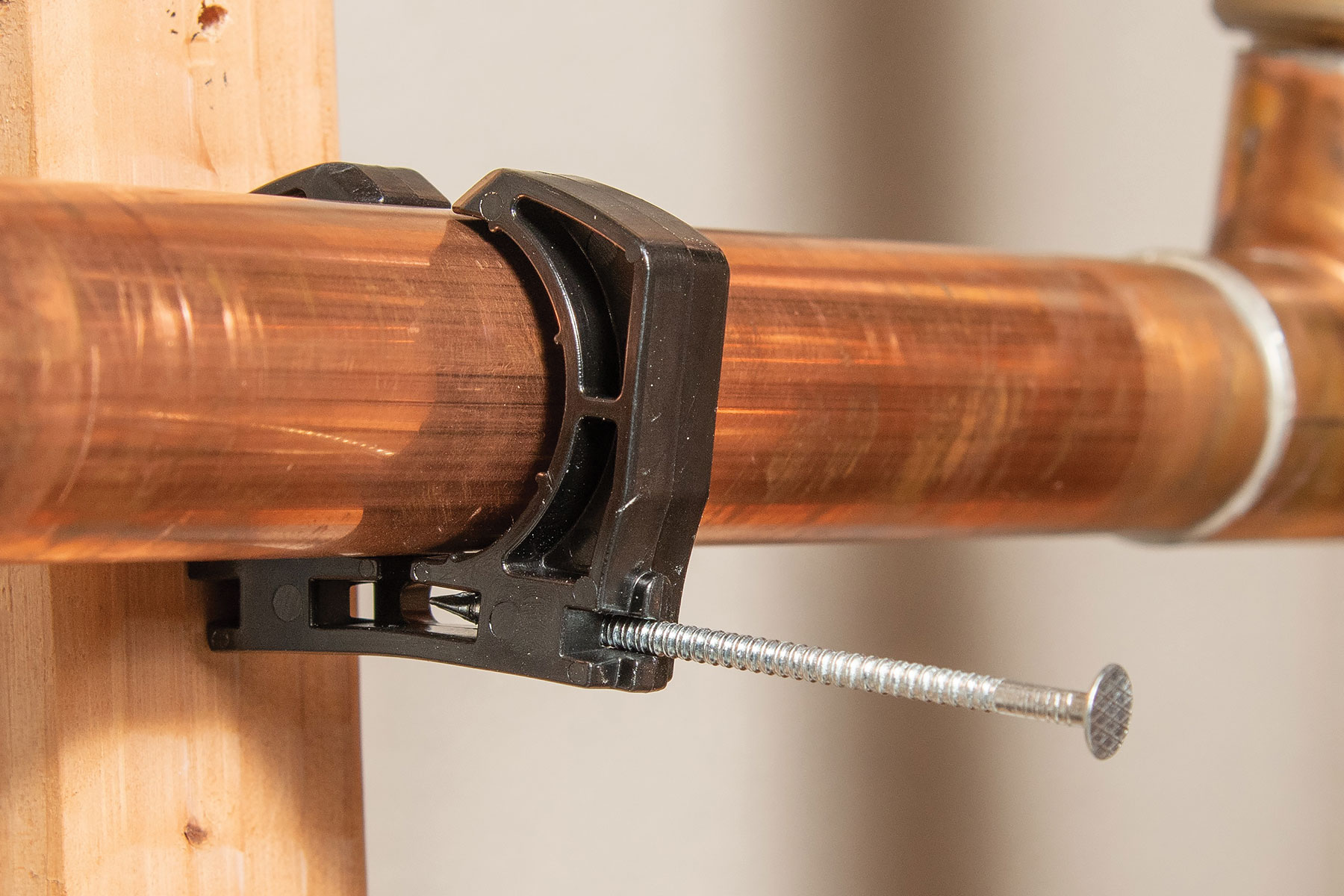
Oatey Co.’s Full Clamp pipe clamps are designed with a preloaded nail to provide for a fast and easy push-on installation. Photo courtesy of Oatey Co.
Oatey Co., a residential and commercial plumbing company founded in 1916, has launched its new and improved Full Clamp pipe clamps.
The clamps are built with convenient push-on installation technology, including an edge that automatically opens the clamp. Clamp removal is also quick and simple with the company’s patented removal wedge and notch.
Made of high-impact polypropylene, the clamps are designed with a preloaded nail to provide for a fast and easy push-on installation. Also, the ribbed design of the clamp insulates against water line noise.
3. Contemporary Toilets
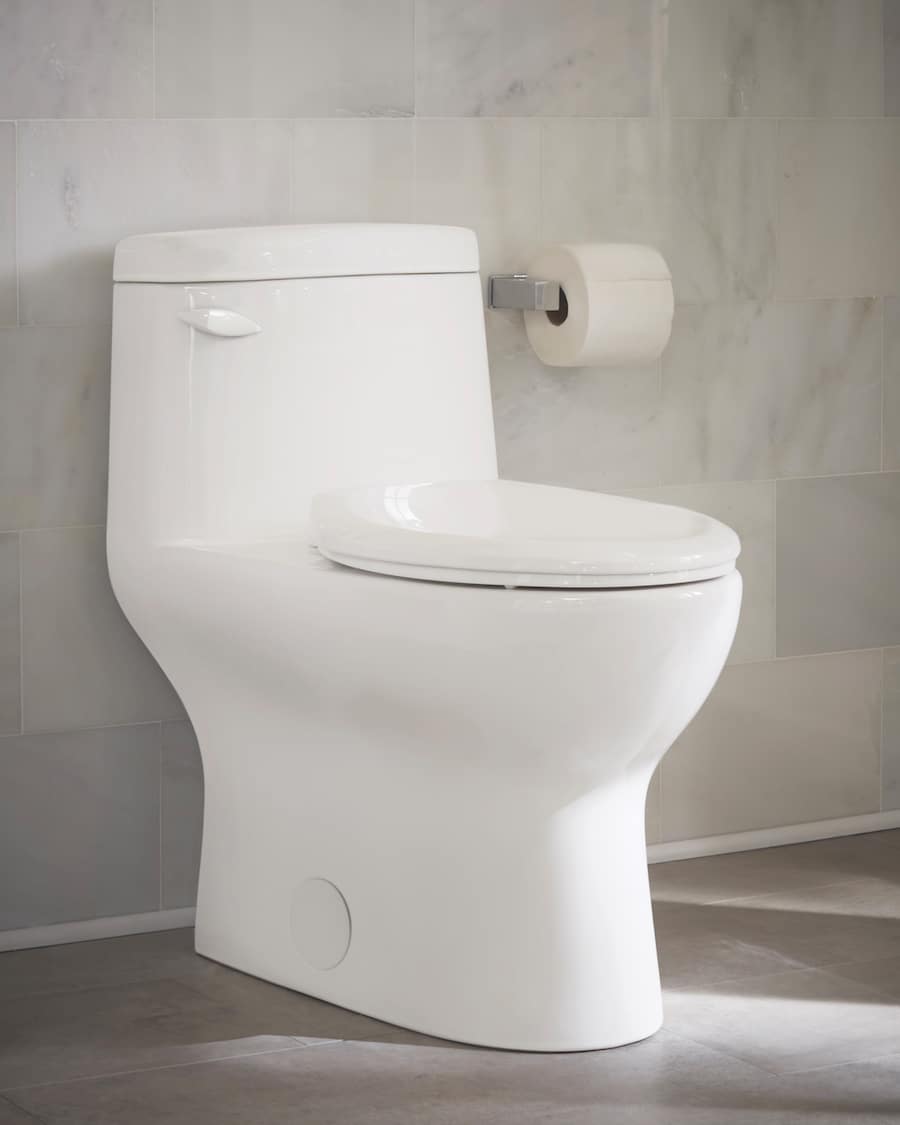
Gerber’s Avalanche Concealed Trapway One-Piece Toilet ensures clog-free waste removal and flushes at a very efficient rate. Photo courtesy of Gerber
Since 1932 Gerber has been working to design high-performing bathroom and kitchen products. Gerber’s Avalanche Concealed Trapway One-Piece Toilet and the Avalanche Elite Toilet are both efficient and sleek in design.
Gerber’s trapway one-piece toilet combines a one-piece configuration and a concealed trapway, making it an attractive and hard-working toilet. The large two-inch, fully glazed trapway ensures clog-free waste removal.
“Our concealed trapway or simple concealed trapway toilets fall right in line with any other beautiful furniture or fixture you’d specify for that room,” said Lovin Saini, Gerber’s senior product manager, previously to gb&d. “The concealed, or skirted, trapway makes the base of the toilet seamless and hides the unsightly drain or pipe contours.”
WaterSense approved, it flushes at a very efficient rate, saving thousands of gallons of water every year, or 20% less than traditional models. “Environmental standards typically impact the function of the product much more than the design of it; we just happen to build that functionality into a pretty product,” Saini says.
With a semi-concealed trapway, the Avalanche Elite Toilet features a modernized contemporary design. It also offers a more sleek, refined look than most two-piece toilets and is less blocky and bulky than some of the fully skirted options.
4. PEX Pipes
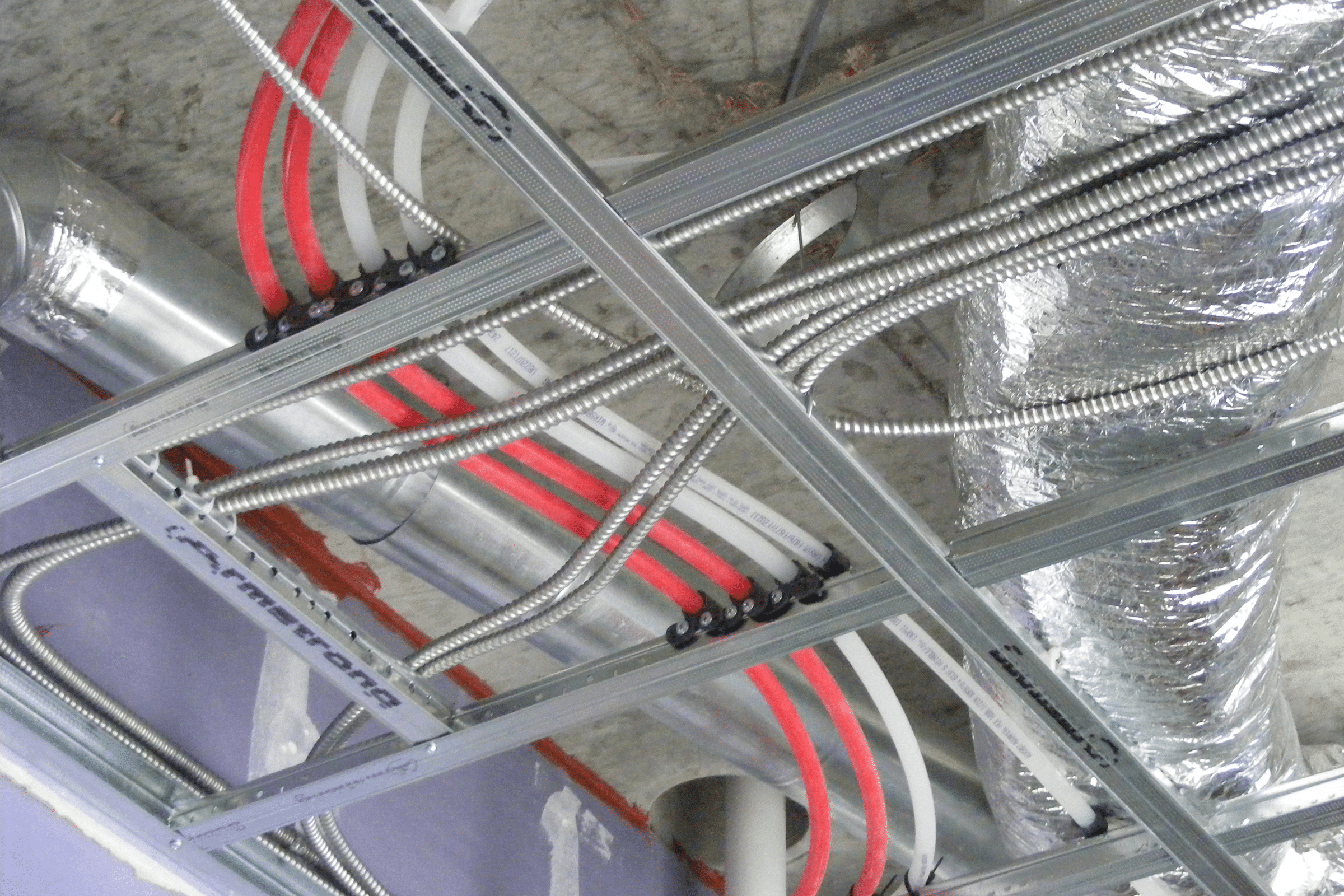
Because of its flexibility, PEX can bend around corners with each change of direction instead of having to add a connection. This reduces materials inside a building, while also improving water flow and reducing pressure loss for better system efficiencies and performance. Photo courtesy of Uponor
An acronym for cross-linked polyethylene, PEX pipes are an increasingly sustainable, flexible, and cost-effective polymer piping product for water, hydronic distribution, and radiant heating and cooling applications for both residential and commercial applications.
Over the past two decades, due to its durability and cost-effectiveness, PEX has grown to become the most-installed plumbing piping product for residential new construction, beating both copper and CPVC combined, according to Devin Abellon, the business development manager for engineering services at Uponor North America.
Uponor offers sizes up to four inches, allowing PEX to challenge traditional copper, steel, and CPVC materials that have dominated the commercial building industry.
In 2008 the Plastic Pipe and Fittings Association conducted a life cycle inventory research project, analyzing the production and use of installed residential piping systems. The study showed that PEX pipes were the most sustainable solution compared to ABS, CPVC, PVC, polyethylene, and copper.
Uponor also recycles 99% of its scrap and repurposes it as filler for other products or transforms it via a clean incineration process to extract stored energy that provides heat.
5. PP-RCT piping system
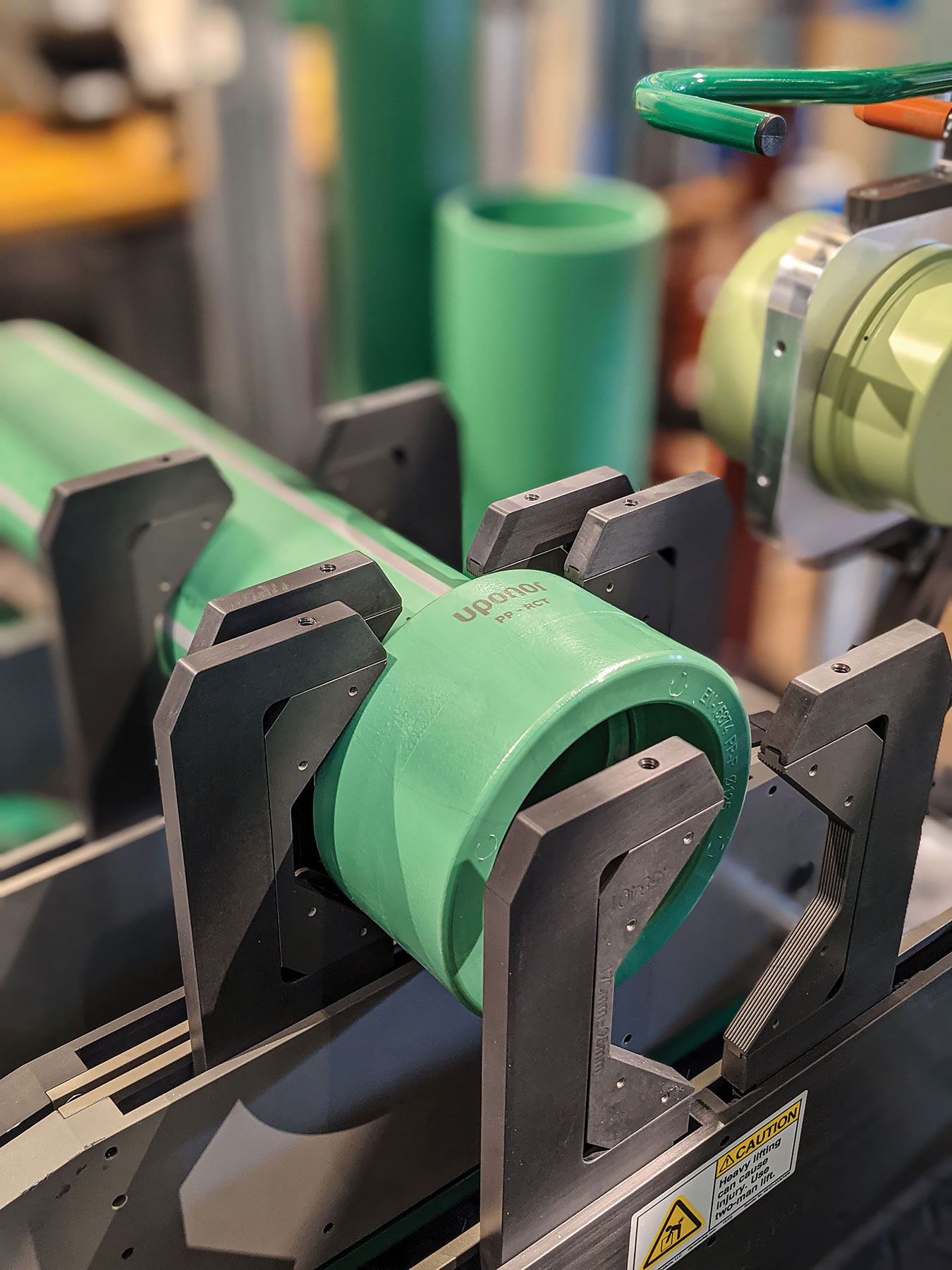
PP-RCT is 80% lighter than steel pipe, making it easier to install than metallic pipe systems, according to a press release from Uponor. Photo courtesy of Uponor
The leading provider of PEX, Uponor, recently launched its new polymer solution for commercial piping, the PP-RCT piping system.
“Our new PP-RCT and Construction Services offerings, combined with our traditional PEX piping solutions, deliver a complete polymer solution for a wide range of commercial plumbing and mechanical projects,” Bill Gray, president of Uponor North America, previously said to gb&d. “From half-inch diameter PEX to 12-inch diameter PP-RCT, our piping solutions meet the performance, durability, and safety needs of the entire commercial structure.”
Uponor PP-RCT (PolyPropylene, Random copolymer with modified Crystallinity and Temperature resistance) has higher temperature and pressure ratings than PP-R pipe, as well as lower levels of expansion and contraction.
PP-RCT is 80% lighter than steel pipe, making it easier to install than metallic pipe systems, according to a press release from Uponor. The company believes PP-RCT to be suitable for commercial hydronic heating, chilled-water cooling, and distribution piping for radiant heating and cooling applications—including snow melt, turf conditioning, and permafrost prevention.



